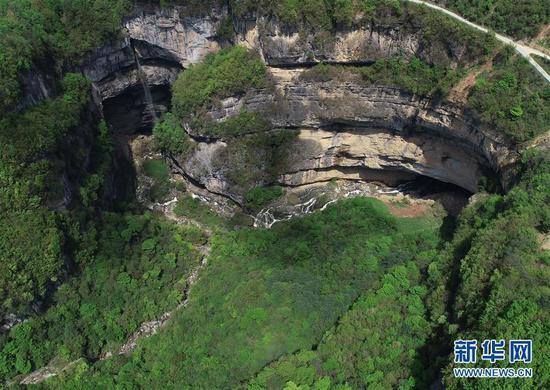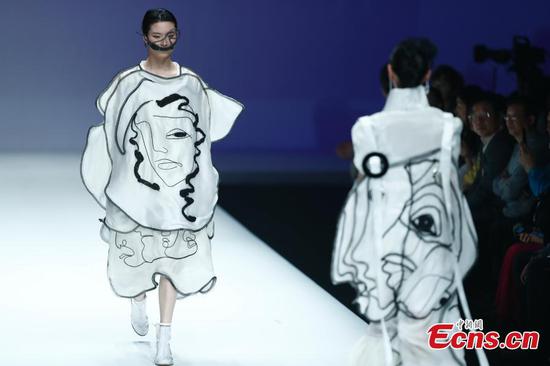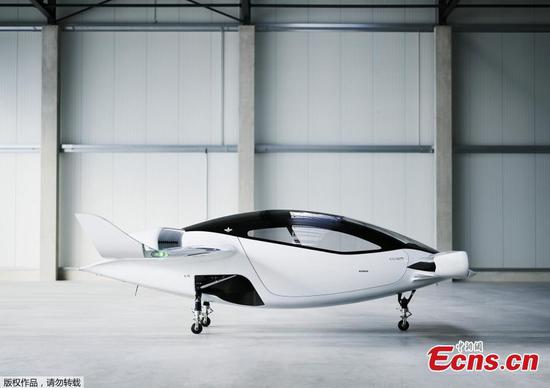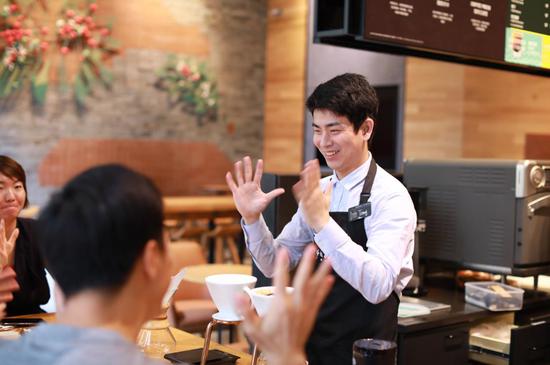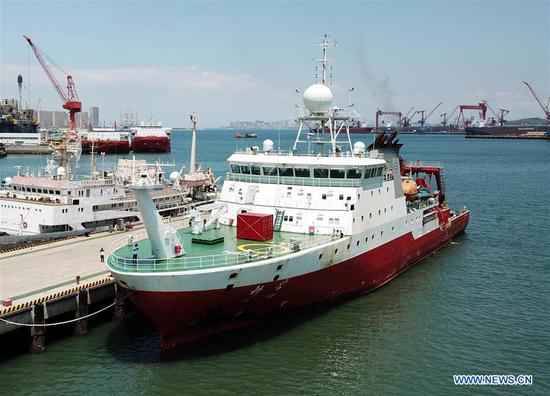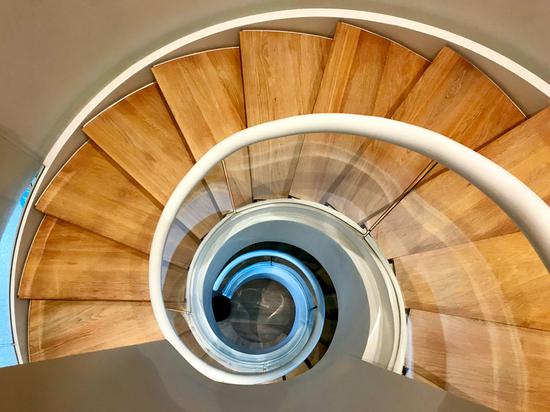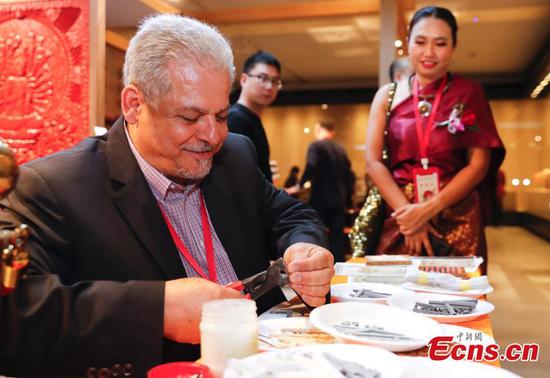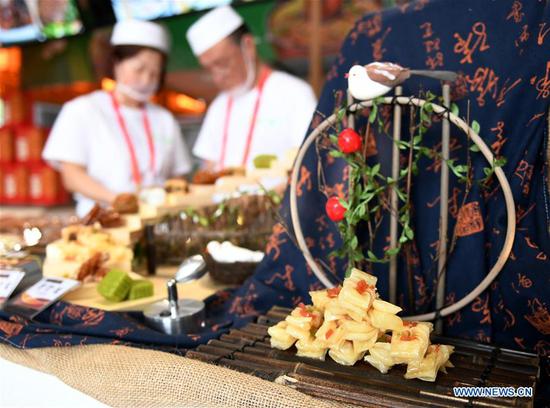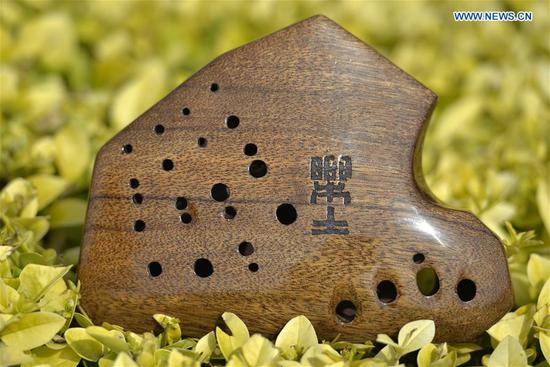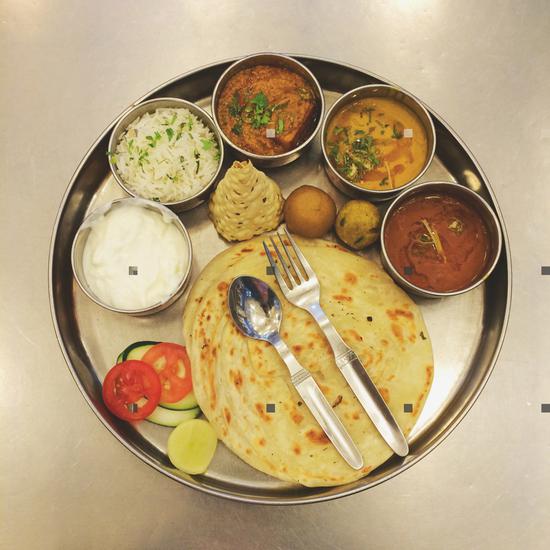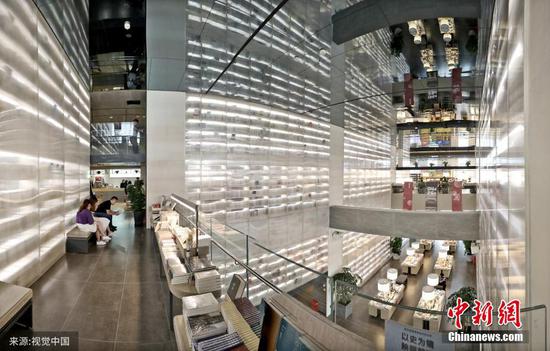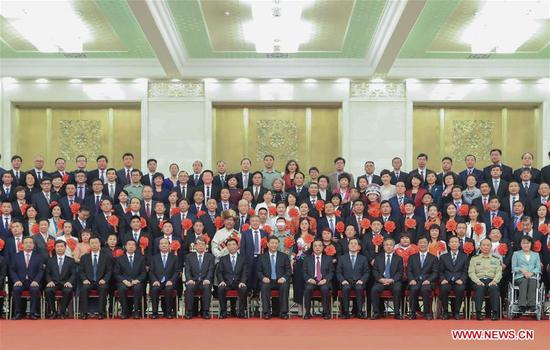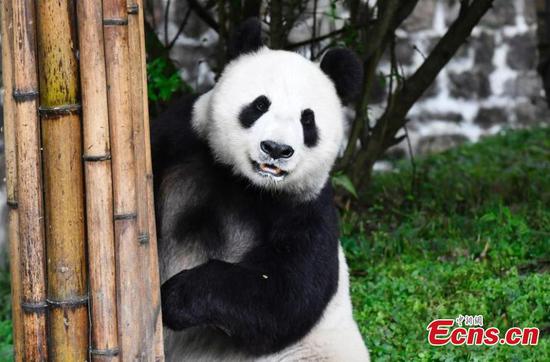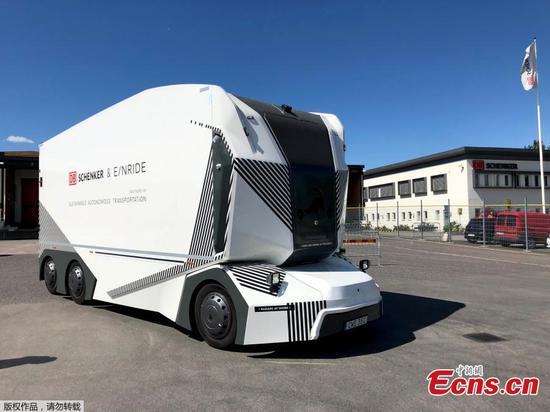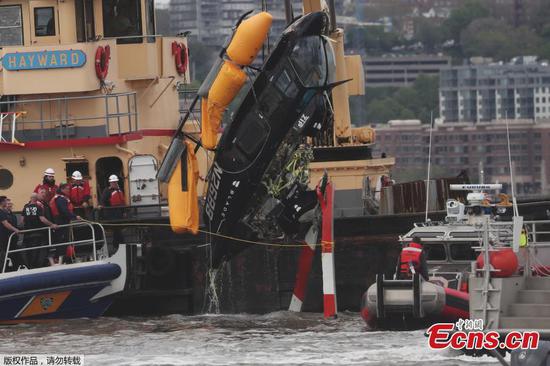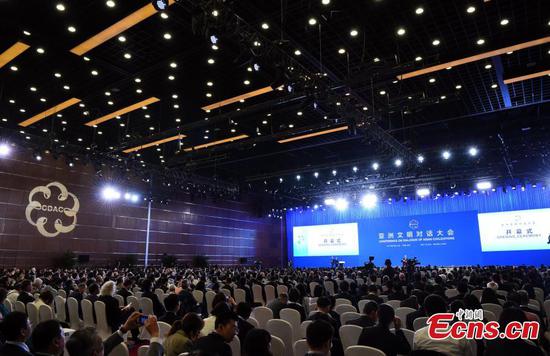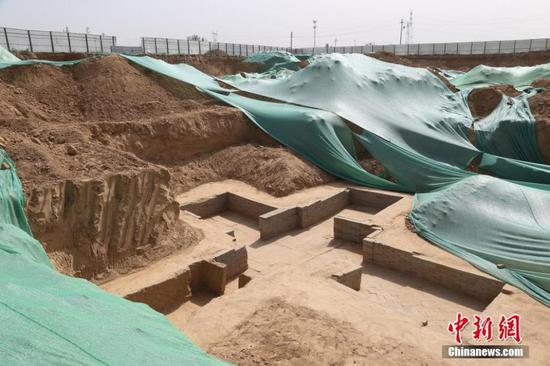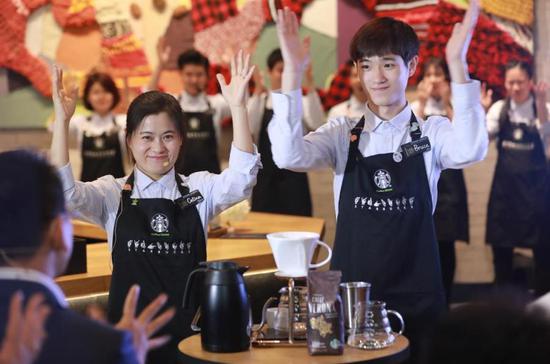In the face of complex domestic and international situations, China has been deepening supply-side structural reform resolutely since the beginning of this year.
The country's new progress in reform and opening up and structural adjustment is further consolidating its economic and social stability and promoting the ongoing shift of China's economy toward high-quality development.
PRECISE MEASURES PAY OFF
To crack the problems of unbalanced and insufficient development, China has increased investment in the supply end to leverage the strong domestic market as a reform approach to stabilize demand.
China in February launched a project to offer inclusive elderly care, with the central budget allocating 1.4 billion yuan (about 200 million U.S. dollars) to boost the number of nursing beds for the elderly by 70,000, which stimulates both investment and consumption.
"Strengthening areas of weakness both increases high-end supply and meets demands for consumption upgrade, so as to form a virtuous circle of the economy," said Cong Liang, secretary general of the National Development and Reform Commission.
In the financial sector, reform measures are taken to lower risks and enhance the ability to better serve the real economy, with the central bank announcing a targeted cut in reserve requirement ratio (RRR) in its latest attempt of using structural tools to help cash-strained private and small businesses.
About 1,000 county-level rural commercial banks will enjoy a favorable RRR, unleashing long-term capital of about 280 billion yuan, which will be used as loans to private, micro and small enterprises.
A series of precise measures has created a better environment and channeled energies into stable economic performance, and the effect of supply-side structural reform continues to show.
Corporate leverage continued to fall, as the asset-liability ratio of major industrial firms dropped to 57 percent at the end of March, down 0.2 percentage points from a year earlier.
Meanwhile, enterprises are seeing reduced cost and improved profit. In March, industrial firms above the designated size reported an average cost of operating income per hundred yuan at 92.9 yuan, a 0.07-yuan decrease from a year ago, yet with year-on-year profit growth of 13.9 percent.
It is clear that China's economy is already shifting to high-quality development, said Christine Lagarde, head of the International Monetary Fund.
SOLID FUNDAMENTALS UPGRADED
As China has made headway in reducing overcapacity in the past few years, the steel sector now reports improved efficiency, creating valuable opportunities for enterprises to make great efforts in R&D, innovation and product upgrade.
In the first quarter, China's steel exports registered growth after falling for three consecutive years. "The mix of export products has shifted significantly toward high-end, as about 60 percent of steel exports are high-value plates and strips," said Qu Xiuli, vice president of China Iron and Steel Industry Association.
While the profound evolution of an industry reflects the far-reaching impact of supply-side structural reform, more inclusive tax cuts are offering more space to enterprises.
"The money saved and channeled to reproduction will be used for R&D of the fourth-generation nuclear power main pumps and back-end processing equipment for nuclear power plants," said Lu Jinqi, chairman of the Shanghai Apollo Machinery Co., Ltd., adding that the VAT rate cut is expected to reduce corporate tax by 15 million yuan this year.
After several years of implementation, China's supply-side structural reform has ushered in an "upgraded version," which is more accurate, effective and flexible.
"The focus of reform at present and in the future will shift to expanding effective supply, turning potential demand into a driving force for economic growth and providing prospects for China's economic development," said Kuang Xianming, director of the economic research center at the China Institute for Reform and Development.












